Description
A medium sized dragonfly that has a synchronised emergence towards the end of May.
Male: blue and black body and blue eyes.
Female: ochre with black markings down the middle of the abdomen.
Tips for identifying Chasers and Skimmers – click here
Click on an image to enlarge it.


